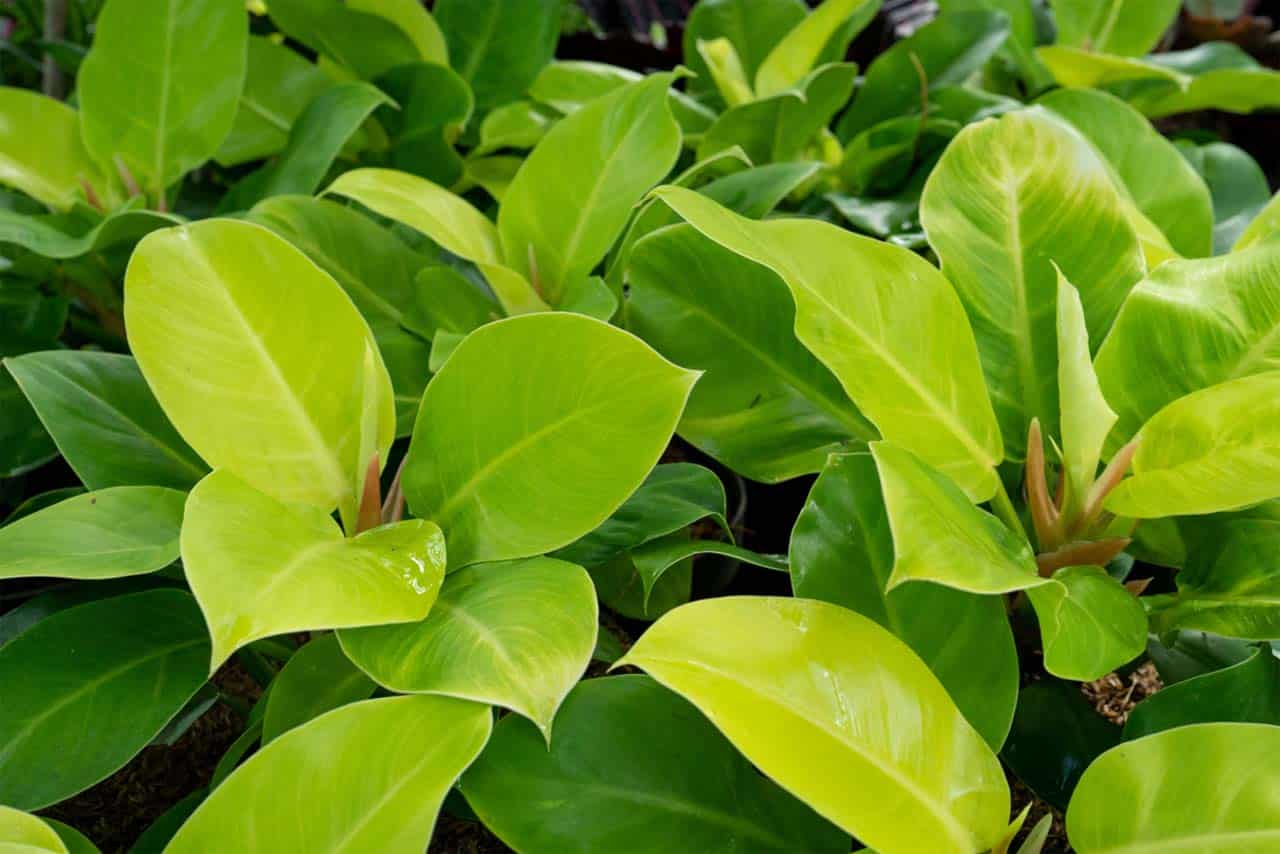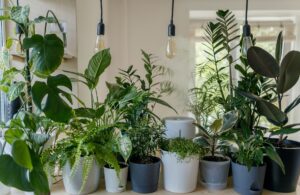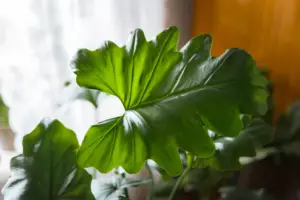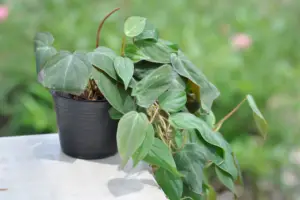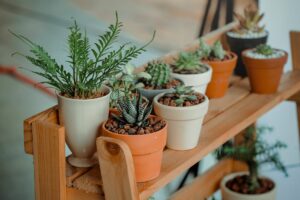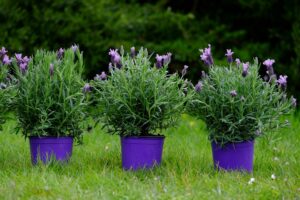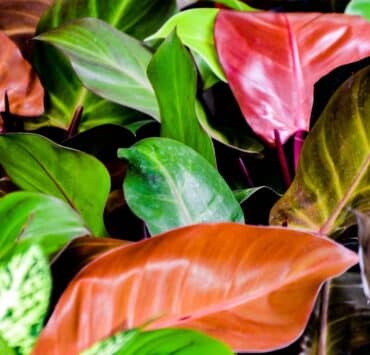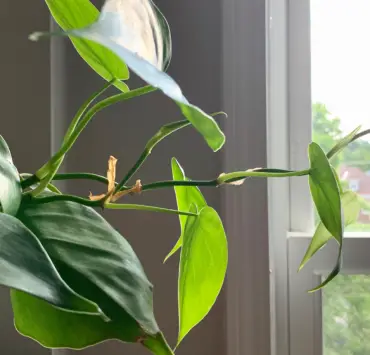Philodendron Moonlight, also known as ‘Aurea’, is a tropical plant that is native to South America. This plant is a great addition to any indoor garden due to its beautiful yellow-green foliage that adds a pop of color to any space. It is also very easy to care for, making it a popular choice for beginners and seasoned gardeners alike.
In this article, we will explore how to grow and care for Philodendron Moonlight.
Growing Conditions:
Philodendron Moonlight thrives in warm, humid environments. It is best to place the plant in a bright spot with indirect sunlight. Direct sunlight can damage the leaves and cause the plant to wilt. The ideal temperature for the plant is between 65-80°F (18-27°C).
Soil:
The plant requires well-draining soil that is rich in organic matter. You can use a potting mix that is specifically formulated for indoor plants or make your own mix by combining equal parts of peat moss, perlite, and vermiculite.
Watering:
Philodendron Moonlight prefers to be kept evenly moist, but not wet. Overwatering can lead to root rot, which can be fatal for the plant. You can check the soil moisture level by inserting your finger about an inch into the soil. If the soil feels dry, it’s time to water the plant. Water the plant thoroughly, allowing the excess water to drain out of the pot.
Fertilizing:
Philodendron Moonlight requires regular fertilization to maintain healthy growth. You can use a balanced liquid fertilizer once a month during the growing season (spring and summer) and reduce the frequency during the winter months.
Pruning:
Philodendron Moonlight can grow up to 4 feet tall, but it’s easy to keep it at a manageable size by pruning it regularly. Pruning will also encourage new growth and keep the plant looking full and healthy. You can remove any yellow or dead leaves and cut back any stems that have grown too long.
Propagation:
Philodendron Moonlight can be propagated through stem cuttings. To do this, take a stem cutting that is at least 4 inches long with a few leaves attached. Place the cutting in a container filled with water or well-draining soil, keeping it in a bright, indirect location. The cutting should root within a few weeks, and once it has established roots, you can transplant it into a pot.
Pests and Diseases:
Philodendron Moonlight is generally resistant to pests and diseases, but it can be susceptible to spider mites and mealybugs. To prevent these pests, you can regularly spray the plant with water and keep it away from other infested plants.
In conclusion, Philodendron Moonlight is a beautiful and easy-to-care-for plant that can thrive in any indoor environment. By following these simple steps for growing and caring for your plant, you can enjoy its beauty for years to come.
- Is philodendron Moonlight rare?
Philodendron Moonlight is not considered a rare plant, but it is a popular plant among indoor gardeners due to its unique yellow-green foliage.
- Does philodendron moonlight climb?
Philodendron Moonlight can climb if given support, but it is not a natural climber. It tends to grow in a more compact, bushy form.
- Is Moonlight plant indoor or outdoor?
Philodendron Moonlight is an indoor plant. It is native to tropical regions and requires warm, humid environments to thrive.
- Is philodendron Moonlight an indoor plant?
Yes, Philodendron Moonlight is an indoor plant. It is best suited for indoor environments where it can receive indirect sunlight and warm, humid conditions.
- Can philodendron moonlight get too much sun?
Yes, Philodendron Moonlight can get too much direct sunlight, which can cause damage to the leaves and make them wilt. It is best to keep the plant in a bright spot with indirect sunlight.
- Is philodendron Moonlight easy to care for?
Yes, Philodendron Moonlight is considered an easy-to-care-for plant. It requires well-draining soil, regular watering, and occasional fertilization. It is also relatively pest and disease resistant.
- How often do you water a moonlight plant?
Philodendron Moonlight prefers to be kept evenly moist, but not wet. The frequency of watering depends on the environmental conditions and the size of the pot. As a general rule, it is best to water the plant thoroughly when the top inch of soil feels dry to the touch. It’s important not to overwater the plant, as this can lead to root rot.
